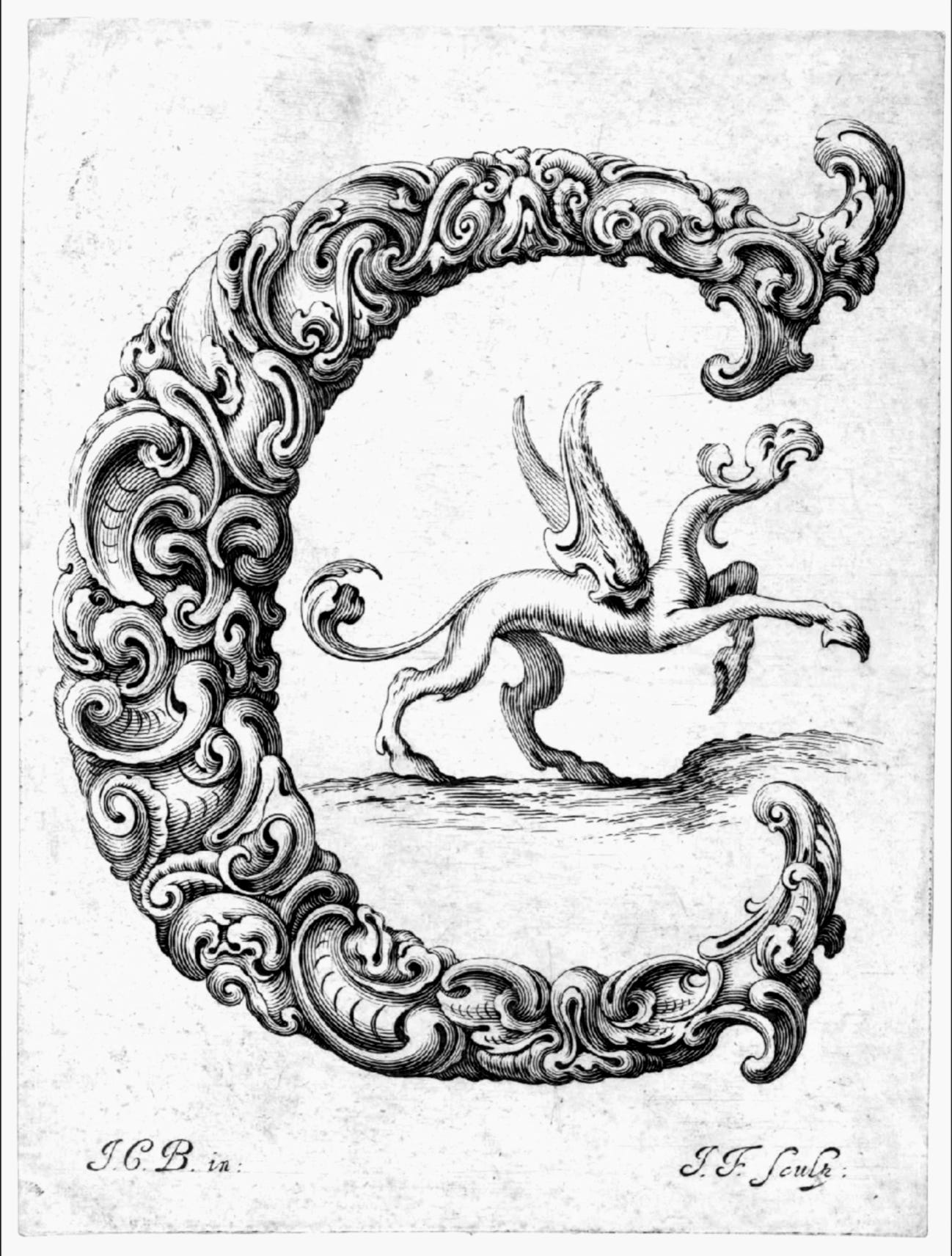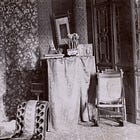“I do not cross out. The paper remembers.”
— Hélène Cixous
Gothic literature has always known this:
the body speaks in ink.
Cursive is a subject and medium of haunting.
It’s what you write and how your hand writes it.
Cursive is movement, a gesture of memory as well as an inheritance: your teacher’s loop or your mother’s Q. It’s also a gothic contradiction of expressive and obscure, of revealing and concealing. Letters blur into one another or flare with ornamental flourish. It’s taught and read less now in our age of keyboard over ink, but cursive lingers in love letters, old wills, inscriptions on the back of photographs, diaries in forgotten drawers, and the margins of beloved books.
Numbed by years of screens and keys, my hand had become a ghost with it’s handwriting buried beneath clerical tasks and endless scrolling. To feel again the sensual resistance of pen against paper, I followed a gothic instinct to resurrect something intimate and ancestral: I decided to relearn cursive.
I didn’t want sleek, I wanted lineage and mess. I wanted a pen that pressed back when I held it. A body with gravity and a nib to slow the sentences, attune the senses. So, joining a lineage of writers whose ink-stained hands inscribed hauntings and secrets, I purchased a fountain pen.
At first, I felt like an untested medium summoning a spirit: the letters emerged fragile and erratic and yet each stroke called forth buried layers of embodiment. Ink seeped into my skin. Cursive became a rebellion against technological numbness and digital erasure. Each loop and flourish a kind of ghost story: a spirit returning to inhabit the body and reignite identity.
Gothic literature was born in script. Letters tucked in pockets.
Journals stained with confessions.
Dracula and Frankenstein were stories stitched together
from correspondence, legal documents, and remembered voices.
Lexicon Entry: Ink
Category: Medium. Memory. Binding Agent. Instrument of Intention.
Ink, in the Gothic imagination, is medium and mark. It records memory and confession, often with unintended permanence. Though seemingly inert, it is never innocent as it implicates both the hand and the heart. It inscribes desire, madness, and inheritance alike: in letters too raw to send, wills interrupted mid-signature, margins filled with desperate annotations. It haunts the page even when smeared, crossed out, or bled through.
In Gothic narratives, ink is often aligned with secrecy and fixation—used by those who wish to capture the fleeting, confess the unspoken, or rewrite what refuses to stay buried. Sometimes it moves of its own accord. Sometimes it vanishes entirely.
Ink is a voice dried unto the page.
In the gothic tradition, writing is never neutral as it carries the intimacy of the body behind the hand. Likewise, cursive is analog, intimate. Slow.
In a culture of speed and delete buttons, cursive offers no undo. Only ink and emotion; the tremble of the hand and the heart. Evidence.
In a world of algorithms and artificial fluency,
that favors dopamine over silence, cursive is a radical act.
And as a gift unearthed from my past, it slows this reader and bewitches this writer. So now, I set aside time to write in ink. Slowly. Deliberately. For me to to reclaim
something the screen forgot to hold onto: a part of me that longs and lingers, touches.
It is embodiment and invocation in penmanship.
What hidden part of myself might be revealed through this revival?
That will be no small resurrection.
From the Cabinet of Illuminations
Drawer entries surface like letters never sent
Drawer No. 89 / If You’re Ready
Find a pen with some weight.
And a scrap of paper.
Write one line.
Smudge it, on purpose.
Let it mark you.
You’ve begun.
From the corridor,
Chandler Grey
Marginalia I.C is in conversation with Chamber I: Gestures, where the hand became a haunted instrument.
🕯️ Ink of Grey is a creative, unfolding self-study of the gothic: part syllabus, part séance, part symbolic excavation. To learn more, visit the About page.
Subscribe to receive posts when they appear — by candlelight.



